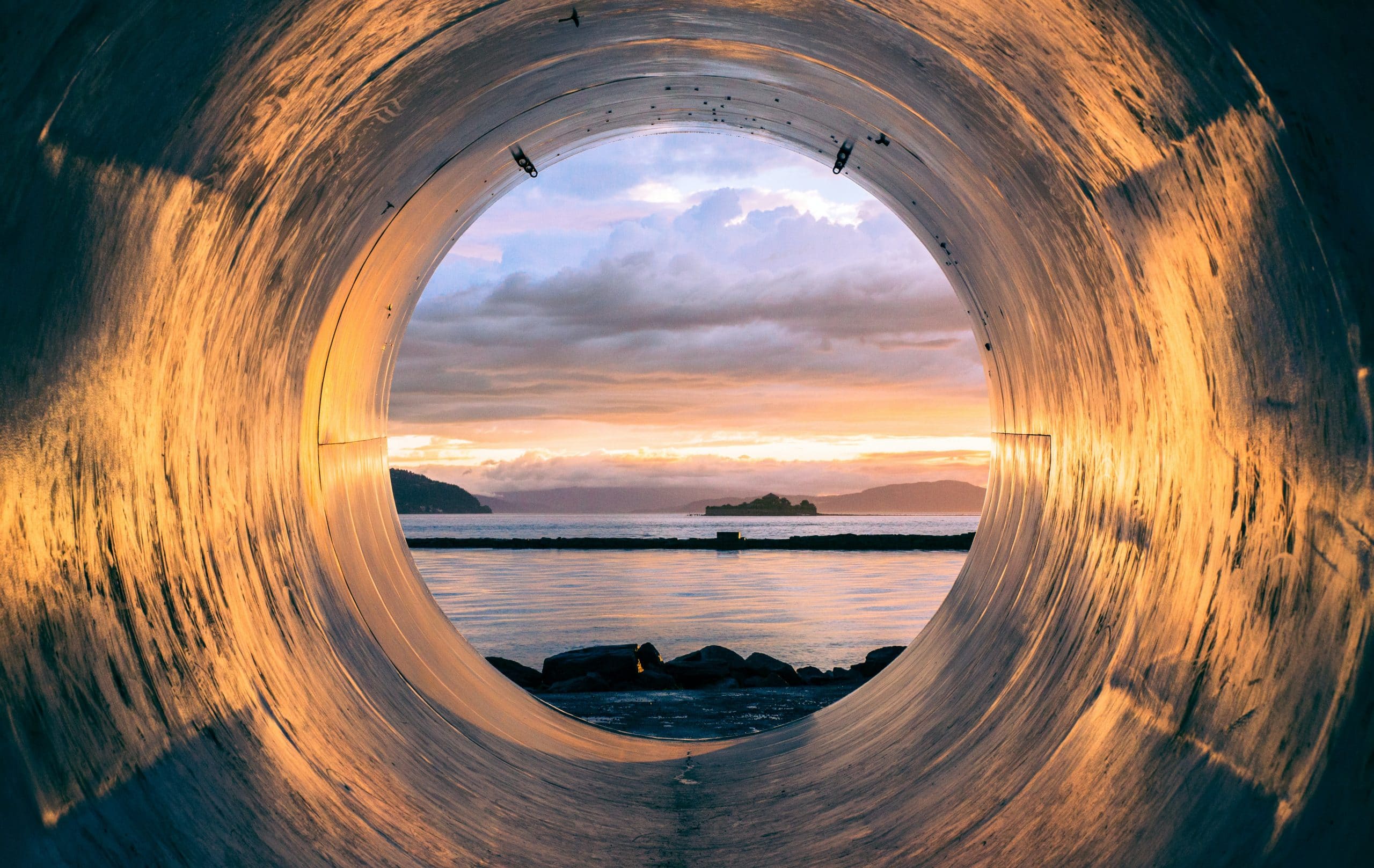The rise of the circular economy and sustainability brings change to everything around us from the way we source, make, and distribute products to the things we consume. AI, Robotics, IoT, and other advanced technology will continue to revolutionize the way we live in ever greater ways, so imagine a world where we renew resources vs. deplete them, where we all breathe clean air, and where the water we drink is not filled with chemicals. A more sustainable future can be a reality.
The Guardian once pinpointed the top six natural resources that humans deplete the most. They are as follows:
> 1. Water: Freshwater only makes 2.5% of the total volume of the world’s water, which is about 35 million km3. But considering 70% of that freshwater is in the form of ice and permanent snow cover and that we only have access to 200,000km3 of freshwater overall, it isn’t surprising that demand for water could soon exceed supply. The Food and Agriculture Organisation of the United Nations is predicting that by 2025, 1.8 billion people will be living in countries or regions with absolute water scarcity.
> 2. Oil: The fear of reaching peak oil continues to haunt the oil industry. The BP Statistical Review of World Energy in June measured total global oil at 188.8 million tonnes, from proved oil resources at the end of 2010. This is only enough to oil for the next 46.2 years, should global production remain at the current rate.
> 3. Natural gas: A similar picture to oil exists for natural gas, with enough gas in proven reserves to meet 58.6 years of global production at the end of 2010.
> 4. Phosphorus: Without this element, plants cannot grow. Essential for fertiliser, phosphate rock is only found in a handful of countries, including the US, China and Morocco. With the need to feed 7 billion people, scientists from the Global Phosphorus Research Initiative predict we could run out of phosphorus in 50 to 100 years unless new reserves of the element are found.
> 5. Coal: This has the largest reserves left of all the fossil fuels, but as China and other developing countries continue to increase their appetite for coal, demand could finally outstrip supply. As it is, we have enough coal to meet 188 years of global production.
> 6. Rare earth elements: Scandium and terbium are just two of the 17 rare earth minerals that are used in everything from the powerful magnets in wind turbines to the electronic circuits in smartphones. The elements are not as rare as their name suggests but currently 97% of the world’s supply comes from China and they can restrict supplies at will. Exact reserves are not known.
Given the promise of the circular economy, the future of resource depletion is hopefully short-lived. The problem will be the inertia needed to switch over world economies from the dependence on oil, gas, and coal, as well as to get clean, sustainable sources of water to land-locked countries.
In fact, in the article “’Make things last’: Can the circular economy save the planet?” author Irene Banos Ruiz describes that:
> Europeans use up 16,000 kilograms of materials per person per year – 6,000 kilograms of that end up as waste. In some EU countries, more than 80 percent of the household waste still piles up in landfills.
The good news is that people are waking up to the fact that this is not the future they want for their children.
With countries, businesses, and individuals giving so much attention to sustainability and creating a more lasting world for our children, what can you do to expedite this reality? How can you care of yourself, your family, and the world all at once? Sustainability.
Reality Changing Observations:
1. How do you live sustainably?
2. What could you do to be more sustainable?
3. Would you be more willing to buy something that was made sustainably?





